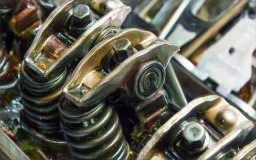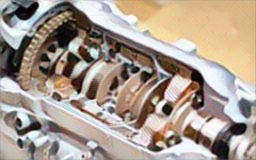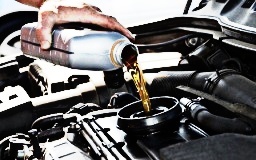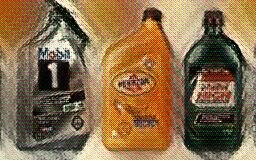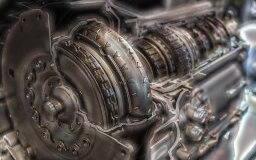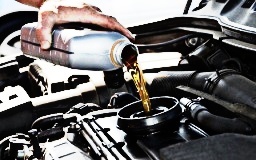This article discusses engine flushes, explaining their purpose and benefits in removing deposits and contaminants from internal combustion engines. It also provides information on when an engine flush is necessary and ...
This article discusses the importance of regular oil changes in automatic transmissions. It emphasizes that the correct operation and durability of the transmission depend on timely oil changes.
The article provides step-by-step instructions on how to change the engine oil. The text also provides a list of tools needed for the job and advises preparing for the oil change in advance.
This article provides information on how to choose the right engine oil for a vehicle based on API specifications. It emphasizes that selecting the wrong type of lubricant or using an unsuitable engine oil can cause engine breakdowns. The article provides an overview of API specifications, which are divided into two categories: S for gasoline engines and C for diesel engines. It also provides information about the various API specifications for gasoline engines, such as SM, SN, and SP, and for diesel engines, such as CK-4, and how they differ from each other. The text also mentions the EU category for new energy-saving oils. It advises vehicle owners to choose the correct viscosity level and quality category based on the manufacturer's recommendations and the API Service Symbol on the oil's label.
This article explains the classification systems for engine oils, including SAE, API, ACEA, and ILSAC. These systems categorize oils based on viscosity, performance properties, and suitability for different types of engines.
Engine oil additives, such as restorative, anti-wear, and smoke-reducing compositions, have been tested and shown to provide positive effects on engine performance and wear protection.
This article discusses additives for automatic transmissions, their functions, and usage recommendations. Additives are categorized based on their purpose, such as flush additives, leak-stop additives, and restorative additives. The composition and action of additives are explained, highlighting their benefits and limitations. It is emphasized that additives should be used in transmissions with high mileage as temporary measures, not substitutes for repairs. Caution is advised when flushing the transmission, and partial fluid replacements are recommended instead. Following manufacturer instructions and avoiding low-quality additives is essential.
This article discusses engine oil change intervals and their importance. It covers topics such as the optimal interval for oil change based on the manufacturer's recommendations, operating conditions, consequences...
